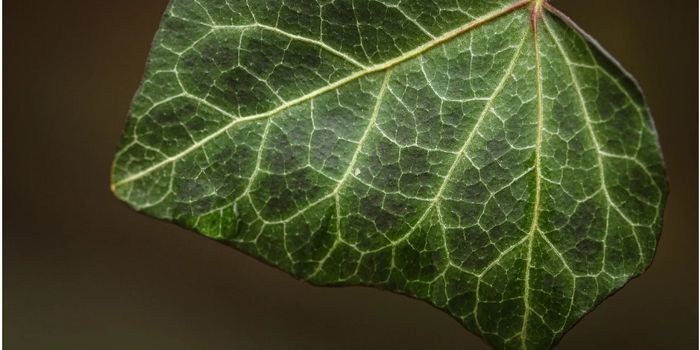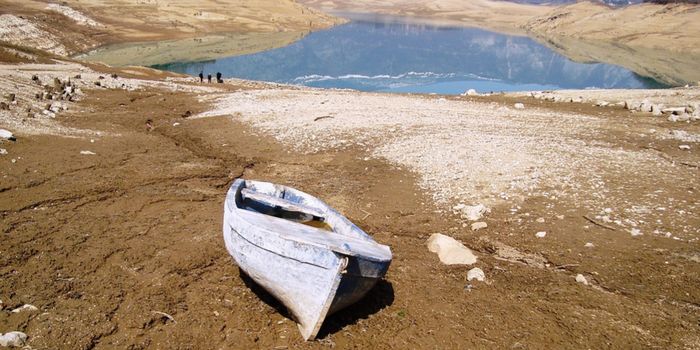Most Great Barrier Reef-Based Green Sea Turtles Are Female
Successful reproduction of any animal species entails a delicate balance of males and females. Unfortunately, a new study published in the journal Current Biology this week underscores how green sea turtles from Australia’s Great Barrier Reef seem to lack this vital balance.
Image Credit: Pixabay
Researchers sampled and released 411 specimens from the area to develop a better idea of gender ratios, and they confirmed nail-gnawing suspicions that female gender bias was an increasing commodity among the endangered species.
Related: Coast Guard cuts sea turtle free from $53 Million worth of floating cocaine
Since temperatures during the egg incubation period play a significant role in gender determination, the researchers sampled both the Northern and Southern parts of the reef to discern gender ratio differences between both the cooler and warmer regions.
What they found was that anywhere from 65-69% of adult-sized green sea turtles from the cooler Southern region and almost 87% from the warmer Northern region were female. The team also investigated juvenile sea turtles to see how the numbers stacked up to the adults’ and found that up to 99% were female.
Warmer temperatures during the nesting and incubation period yield more females, while the opposite is true for males. That said, these ratios in the wild underscore the alarming truths about the effects of climate change and how it might impact the species going forward.
Related: Turtle gets almost 1,000 coins surgically-removed from its stomach
Animal conservationists had a gut feeling that gender ratios were skewing in this manner, but this is one of the first studies to gauge the situation and provide hard numbers that conservationists can work with.
“[The study] provides a new understanding of what these populations are dealing with,” said study lead author Michael Jensen from the National Oceanic and Atmospheric Administration.
"Knowing what the sex ratios in the adult breeding population are today and what they might look like five, 10 and 20 years from now when these young turtles grow up and become adults is going to be incredibly valuable."
Related: Injured sea turtle gets a 3D-printed shell brace to help with injury
With this new data, researchers should be able to brainstorm new ways of mitigating the problem and turning this entire mess around. Without a doubt, it should be interesting to see how they'll tackle this pressing issue and whether they can boost the number of males before it's too late.
Source: New York Times, Phys.org









